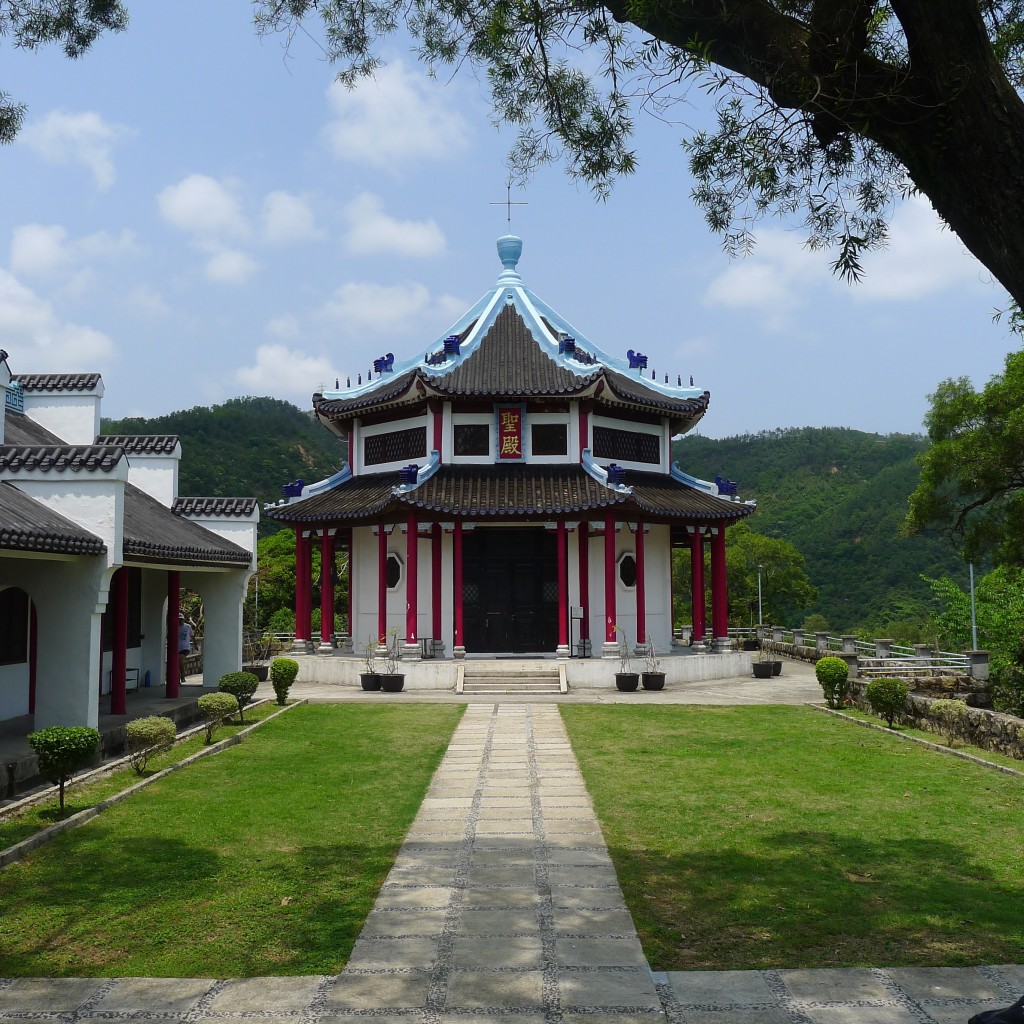A proposal led by Professor Zheng Yangwen
Christianity came to China via the two Silk Roads, much like Buddhism and Islam before it. But unlike them, Christianity came in several waves, and it has not yet settled down quietly and comfortably in Chinese culture and society. What is it about Christianity that makes it so hard for the Chinese to accept? Why do they need to redefine it—some might say acculturate it—before they can consume it? What does acculturated Christianity look and even sound like? Only a handful of scholars have studied the transition from “Christianity in China” to “Chinese Christianity”. This project takes a systematic look from the perspective of sinicisation, namely how the Chinese perceived and turned a foreign religion into a local belief system, elaborated with its own practice and institution.
Sinicising Christianity will take the debate to new territories, as until now sinicisation has been a privileged discourse among a small number of scholars who study the Manchus, who conquered China but became assimilated in the end. It is timely because Christianity is fast sinicising today without much help, or intervention if we are less generous, from foreign missions and missionaries. It seems that the Chinese people are finally ready to embrace Christianity—but why now, and what lessons can history teach us? Sinicisation offers us an original tool with which we can make a methodical examination of how and when Christianity in China became Chinese Christianity. Mining deep into the process of indigenisation from this new perspective will shed new light on Chinese history, politics, culture, and society.
The significance of this study is manifold. First, employing the framework of sinicisation helps us pioneer a new way to study not just Christianity but also late imperial and modern China as it absorbed and indigenised many things from the outside world. Opium smoking and communism changed China and reshaped Chinese history; so did Christianity. What we advance here will encourage comparative studies in the decades to come, as China continues to open up. Secondly, looking from the perspective of sinicisation can help us see how the Chinese perceived, redefined, and consumed a foreign religion. This is a dynamic and complex process which will expose many previously unexamined aspects of Chinese history, politics, culture, and society. This enriches our knowledge about the Chinese past but more importantly opens up new areas for research and study. Third, it broadens the debate and allows us to synthesize and tease out the pattern, as well as variations, of sinicisation from a theoretical perspective.
The story of Christianity reinforces the pattern in the process of sinicisation which can be seen from the indigenisation of other foreign things, cultures, and ideas. This is important because today’s China is fast indigenising much that is foreign. Will this extend to foreign ideas or ideologies—such as democracy? This project and its resultant book will join the growing body of literature on Christianity in China; it will make a distinctive and timely contribution to the study of its globalisation and the making of Chinese Christianity.
